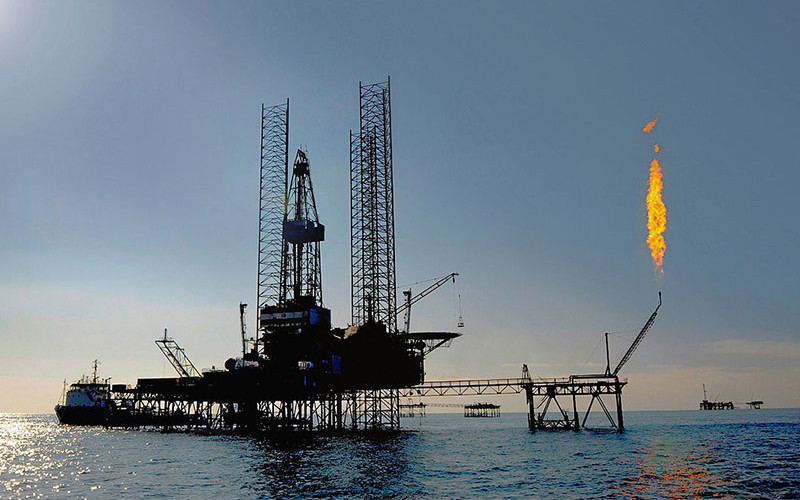Natural gas prices recently fell to pandemic lows, touching $1.60 per thousand cubic feet — the same price at the bottom of the 2014-2016 gas down cycle. The market is sending messages to gas producers: winter is over, producers must cut production, and they should stop drilling.
Jeremy Knop, CFO at EQT, the nation’s largest gas producer told analysts on an earnings call, that “the market is asking for not only production curtailments, but also activity reductions.” EQT responded by reducing its production.
Two other large gas producers — Comstock Resources and Antero Resources, announced they are dropping active drilling rigs, cutting their budgets, and one has suspended its dividend in response to the low gas prices. They indicated reversing these actions depends on higher prices.
The winter has not been particularly cold other than for a brief period in January when a polar vortex swept across Canada and the U.S., and over to Europe. Low-temperature records were broken. U.S. and European gas storage facilities were tapped, but they remain unseasonably full. That means less need for additional gas to refill the caverns before next winter.
However, as gas prices were collapsing, crude oil prices were strengthening with WTI nearing $80 a barrel. Recent forecasts for global oil demand show more oil is needed this year, but the increase is half of 2023’s growth.
OPEC+ continues to hold the oil price reigns by continuing to restrict its supply. The disruption of oil Middle East shipping routes due to Houthi attacks is disrupting the market. Rather than transiting the Red Sea and Suez Canal, oil tankers must travel around Africa to be safe, adding weeks to their journeys and delaying the arrival of oil cargo in Europe.
With non-OPEC oil-producing regions showing slowing supply growth, including the U.S., the future supply and demand picture is again being examined. Occidental Petroleum CEO Vicki Hollub told CNBC recently “We’re in a situation now where in a couple of years’ time we’re going to be very short on supply.” Her view is based on the lack of reserve replacement in the last decade.
Producers continue to drill for oil and indicate plans for more drilling in the future, the opposite of activity in natural gas markets. This is how commodity markets use price to signal to petroleum companies what they should do near and long term.
Futures markets enable traders and industry participants to assess commodity market trends for different periods. Sometimes the trends are upset by geopolitical events such as a war in Europe or Houthi missiles in the Red Sea. Or they may be upset by weather such as a polar vortex or a Gulf of Mexico hurricane. In each case, the market adjusts, customers find new suppliers, and producers adjust near-term activity and output. But do such market upsets change long-term outlooks?
Last year, gas and oil price weakness and volatility cut U.S. activity according to the latest Baker Hughes rig count data. Today’s 621 active rigs are 18% below year-ago counts. Interestingly, both oil-focused and gas-focused rig counts dropped by similar amounts, 18% and 20%, respectively.
Internationally, the drilling rig count in January is up both recently and from a year ago. International oilfield work takes longer to ramp up. Therefore, international energy markets respond more to long-term supply/demand trends and less to short-term weather or geopolitical events. Hollub has identified a key driver behind the need for more drilling – the lack of new reserve development. Pay attention to this driver and not U.S. natural gas drilling slowing.



.JPG.small.400x400.jpg)

